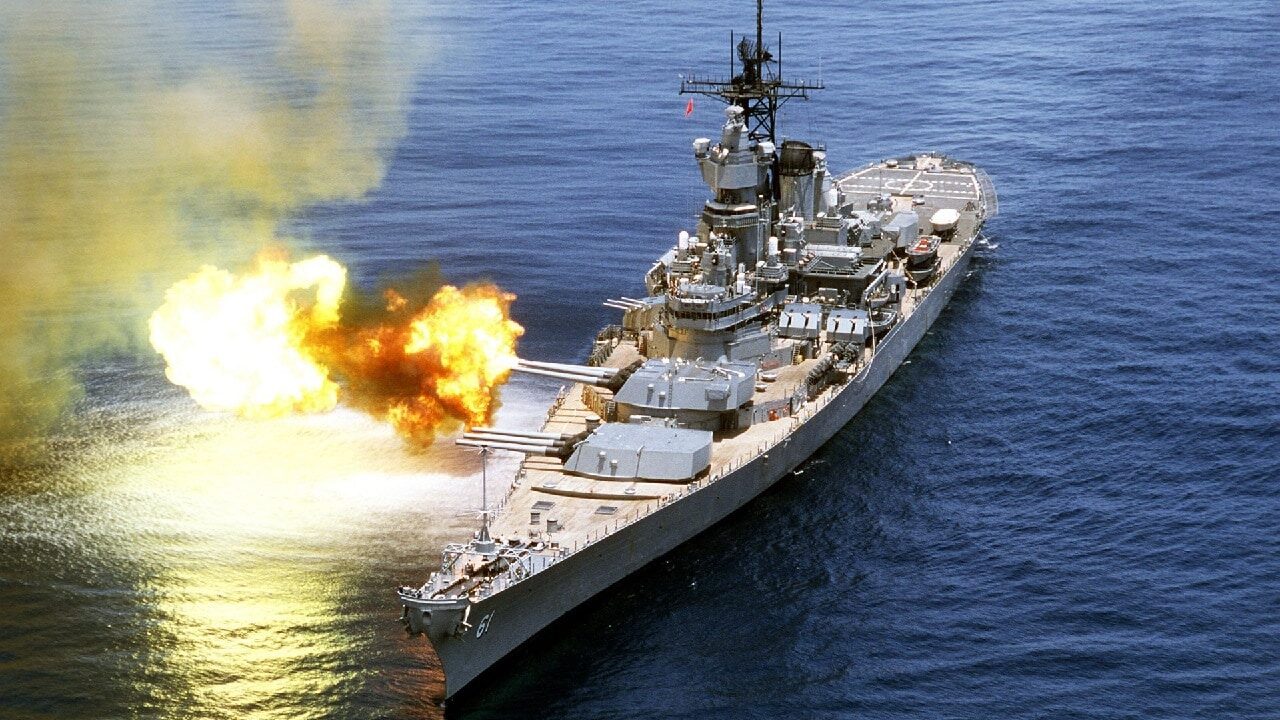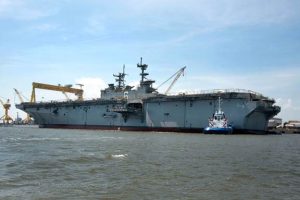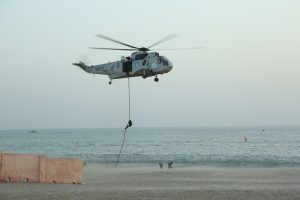The fight, which took place in late October 1944 off the coast of the Philippines, is often regarded as the greatest naval combat in history. It covered over 100,000 square miles, including hundreds of ships and nearly 200,000 people.
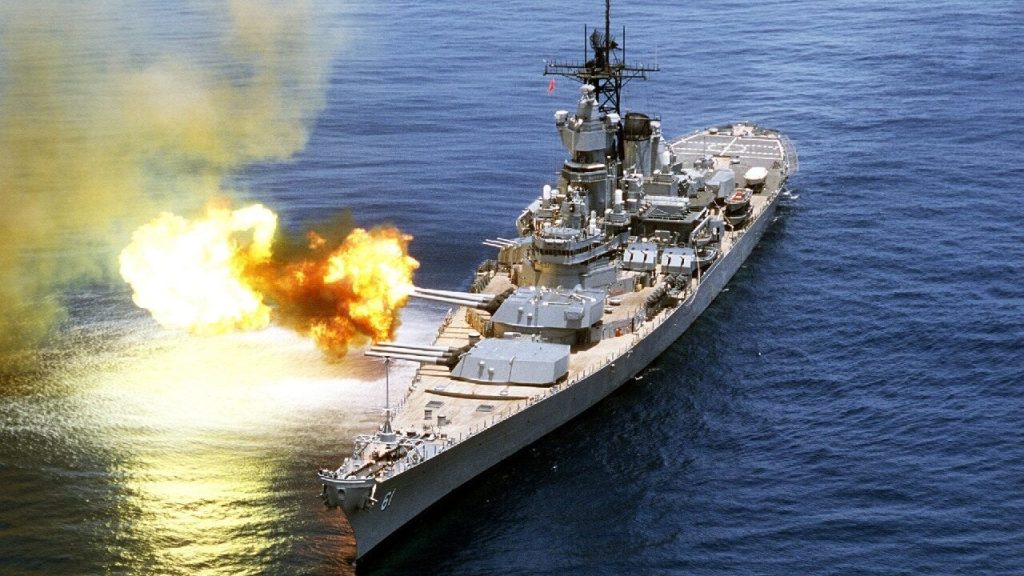
Being the bloodiest war ever fought, World War II took a tremendous toll on humanity. Over 100 million people from over 30 countries were directly involved in the conflict. These included soldiers, sailors, airmen, and marines.
It was a truly global war that raged across every continent and ocean. There were some of the largest naval fights in human history, which is why they are so famous. The Battle of the Atlantic, which lasted five years and eight months from 1939 until Nazi Germany’s capitulation, was featured in this category. Although it has been called the “longest, largest, and most intricate” naval action in history, many believe it was more accurately a succession of engagements at several sites.
These are the biggest “traditional” naval battles of World War II:
Battle of Cape Matapan: One of WWII’s Five Greatest Navy Engagements (March 27–29, 1941)
The UK Royal Navy and the Regia Marina of the Kingdom of Italy fought each other with help from the Royal Australian Navy, considered one of the biggest naval battles in the history of the Mediterranean. The British started World War II with a strong task force based out of Malta and continued to hold the Suez Canal and Strait of Gibraltar.
Italy was left to fend for itself when the German Kriegsmarine could not send any surface ships to help after the Vichy French fleet was effectively destroyed and taken off the board by the Royal Navy at Mers-el-Kébir. Benito Mussolini, the Italian fascist dictator, may have fantasized about reestablishing the Roman Empire and transforming the Mediterranean into a Roman lake, but such an idea failed. Even though Mussolini had modern battleships, he still faced an uphill battle.
The cutting-edge battleship Vittorio Veneto led the Italian fleet and had six heavy cruisers, two light cruisers, and thirteen destroyers. The Allies fought against them with an aircraft carrier, three battleships, seven light cruisers, and seventeen destroyers. Unfortunately for their Italian allies, the Germans had falsely informed them that the British fleet consisted of only one fully functional battleship and zero carriers. The Regia Marina’s situation was even worse because the Brits had hacked into Italian communications and attacked without warning. Two Italian ships were severely damaged, and five were sunk. There were about 2,300 dead Italians and 1,015 taken prisoner. The English Navy scored a spectacular triumph, while the Italian Navy suffered a crushing setback.
There were five major naval battles during World War II, with the Battle of the Coral Sea among the top five (May 4–8, 1942).
Others have compared this naval conflict to a dress rehearsal for a far larger fight a month later. Nonetheless, the Battle of the Coral Sea is notable for being the first naval conflict in which opposing fleets never saw each other. The majority of the conflict took place in the air for the first time, as aircraft carriers fought each other for the first time.
About 27 U.S. Navy ships, including two fleet carriers, and 53 IJN ships, including two fleet carriers and a light cruiser, were involved. One other interesting fact is that no warships were involved in the fighting. Even so, both sides were battered. About 650 Americans and almost 900 Japanese soldiers were killed.
Three U.S. Navy ships were destroyed, including the aircraft carrier USS Lexington, and the U.S. Battleship Yorktown was badly damaged. Even though the Japanese only lost one light carrier—the Shkaku—92 aircraft were lost during the combat, enough to cause the loss of the whole air wing of the Japanese third carrier—the Zuikaku. The conflict ultimately led to Japan abandoning its invasion of Port Moresby. It was a triumph for the Japanese but a victory for nothing.
Five Major Navy Engagements During World War II: The Battle of Midway (June 4–7, 1942)
Two feature films, dozens of books, and hundreds of articles have been written about this conflict. There’s a good reason why the Battle of Midway was hailed as a watershed moment in the Pacific War. Three USN fleet carriers, seven USN heavy cruisers, one USN light cruiser, and 15 USN destroyers faced off against four IJN fleet carriers, two battleships, two IJN heavy cruisers, one USN light cruiser, and 12 IJN destroyers at the outset of the conflict.
The U.S. Navy relied heavily on deception, as their cryptanalysts had begun deciphering Japanese communication codes as early as 1942, giving them warning of an impending attack in the Pacific at a location the Japanese codenamed “A.F.” U.S. officials had a hunch it was Midway, so they sent a bogus communication from the base saying they were running out of potable water. A similar message regarding “A.F.” was broadcast by Japanese radio operators shortly after, validating the intended attack’s target.
The IJN also miscalculated that the damaged USS Yorktown, which had fought at Coral Sea, would be out of commission at Midway. The Pearl Harbor Naval Yard could repair the warship in just two days.
During three days of action, the United States Navy lost Yorktown and a destroyer, while the Imperial Japanese Navy lost four fleet carriers and a heavy cruiser. Compared to the Japanese, who lost all 248 of their aircraft and, more significantly, their most experienced pilots, the United States lost approximately half (approximately 150) of its aircraft. Although it wasn’t a knockout blow, the IJN’s defeat was still terrible.
The Battle of the Philippine Sea: One of WWII’s Five Greatest Maritime Engagements (June 19–20, 1944)
Even though it had lost the Battle of Midway two years before, the Imperial Japanese Navy (IJN) was still a dangerous opponent. However, following the Battle of the Philippine Sea, the IJN’s capacity to launch general aircraft carrier operations was severely hampered, rendering that statement false.
The United States Navy sent seven fleet carriers, eight light carriers, seven battleships, and more than a hundred other ships to the biggest carrier battle of World War II. They possessed three fleet carriers, six light carriers, and five battleships in the IJN. Two Japanese fleet carriers and one light carrier were sunk at the end of the action, while one American battleship was wounded. Inflicting a disproportionately high loss ratio on Japanese aircraft, U.S. pilots and anti-aircraft gunners earned the nickname “Great Marianas Turkey Shoot” for their part in the battle’s aerial component. The Japanese government covered up the extent of its casualties, as it had after previous engagements.
The Battle of Leyte Gulf was one of World War II’s five largest naval engagements (October 23–26, 1944).
The fight, which took place in late October 1944 off the coast of the Philippines, is often regarded as the greatest naval combat in history. It covered over 100,000 square miles, including hundreds of ships and nearly 200,000 people. There were battleships, aircraft carriers, and dozens of cruisers involved. It was the “final hurrah” for battleships because there would never be another fight with so many “big gun battle vehicles” present.
Importantly, the Third and Seventh Fleets of the U.S. Navy took part in the Battle of Leyte Gulf. They sent over twenty ships, including eight heavy aircraft carriers, eight light carriers, eight escort carriers, and twelve battleships. As the Allies won the war, the Japanese Navy lost a fleet carrier, three light carriers, and three battleships.
Considering the sheer size of the fleets involved, it’s not hard to see why the Battle of Leyte Gulf is considered the biggest naval combat in history. Others who study history, though, say that it was the result of four important wars happening at the same time. What’s more, the action itself ultimately knocked out the IJN.
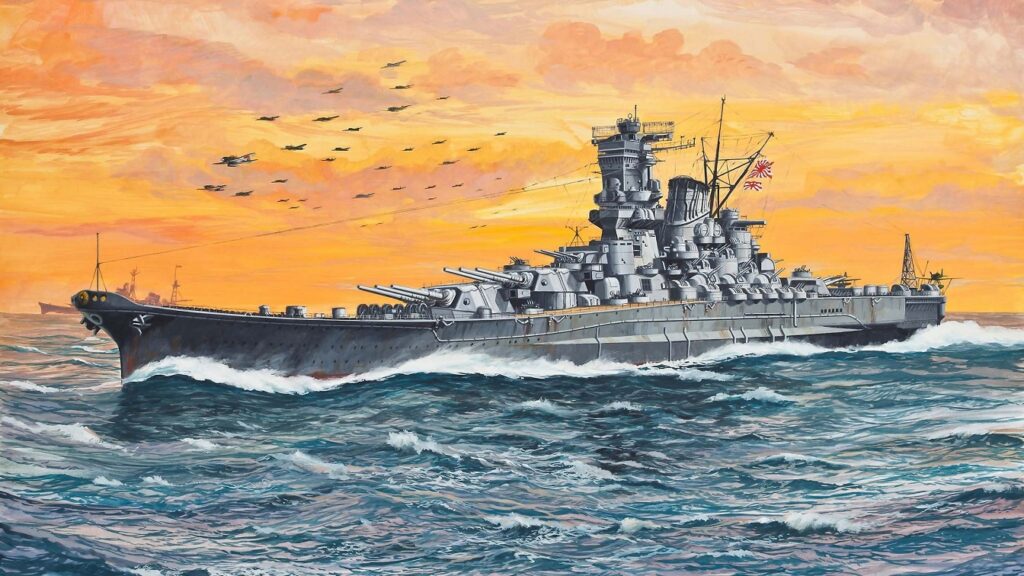
Yamato-Class Battleship/Artist Rendition. Image Credit: Creative Commons.

Battleship Yamato. Image Credit: Creative Commons.
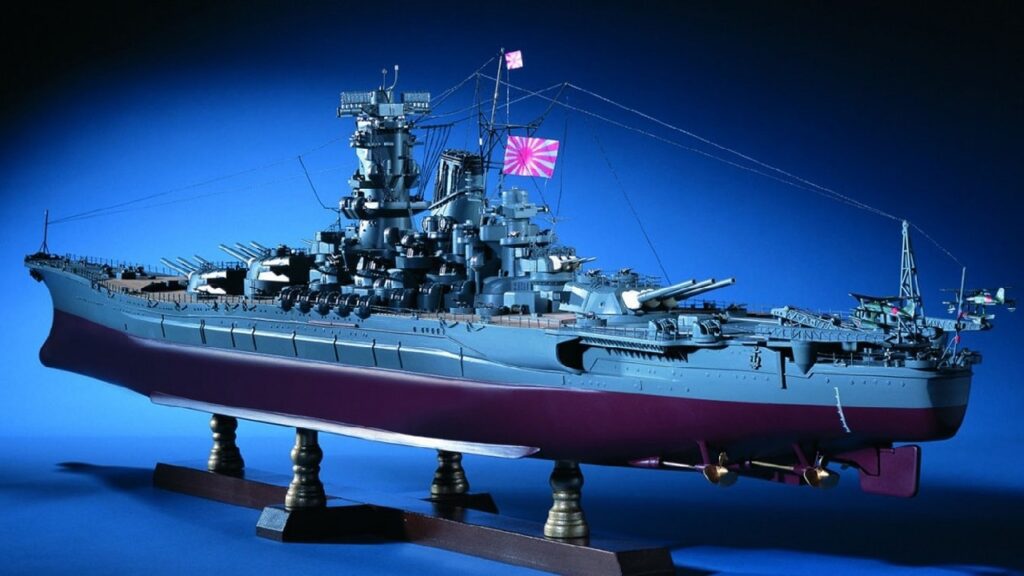
Yamato-class battleship model. Image Credit: Creative Commons.

Battleship Yamato. Image Credit: Creative Commons.


